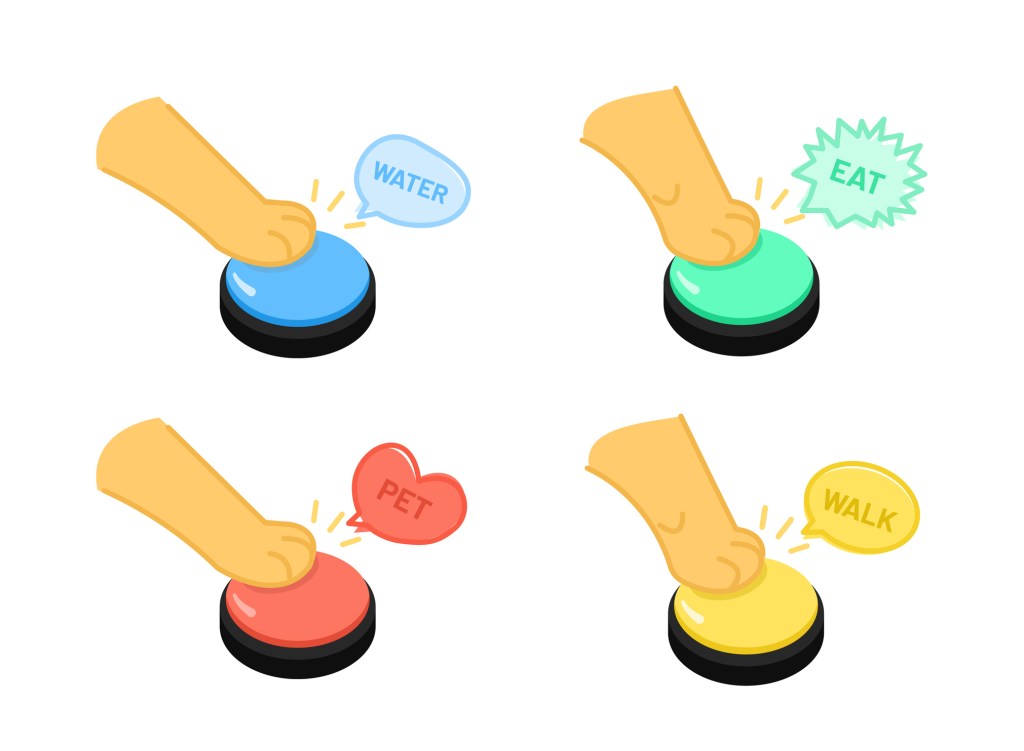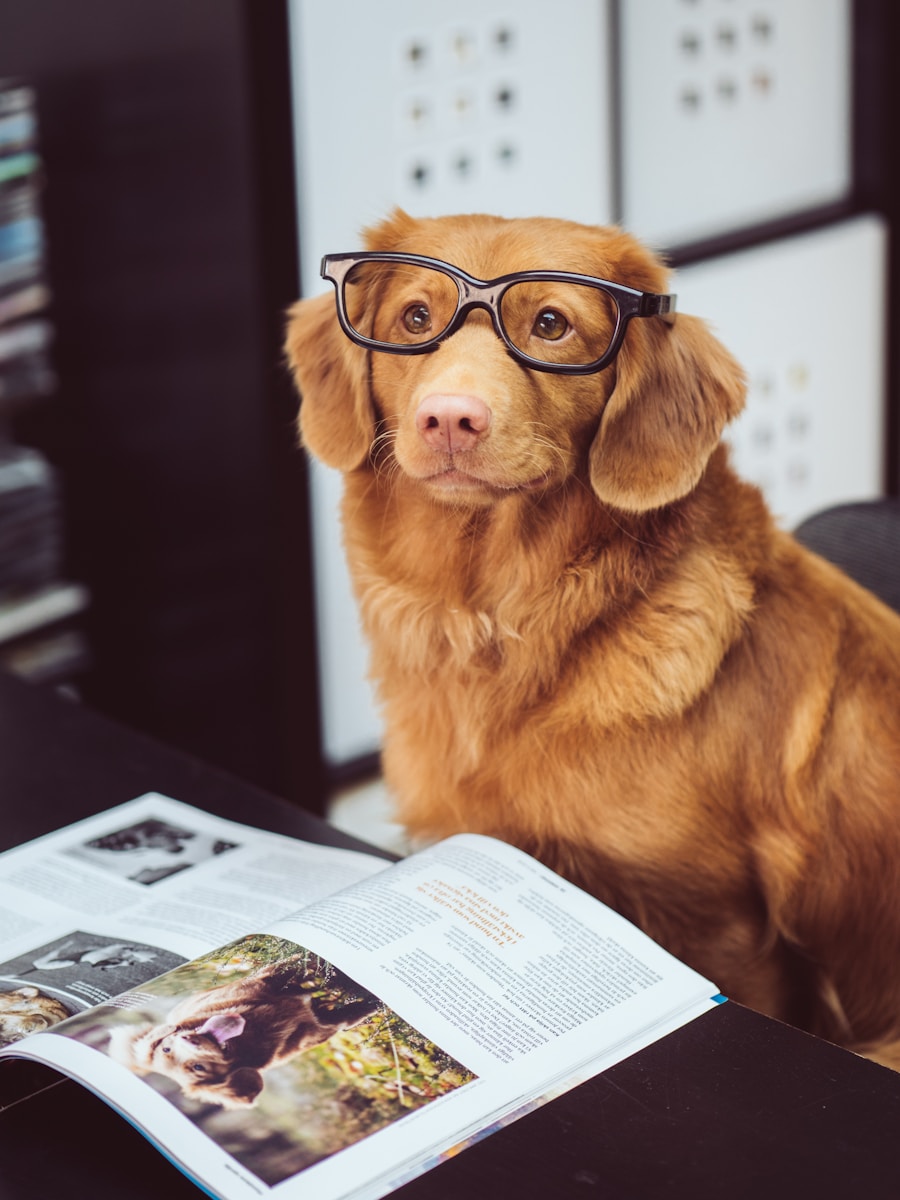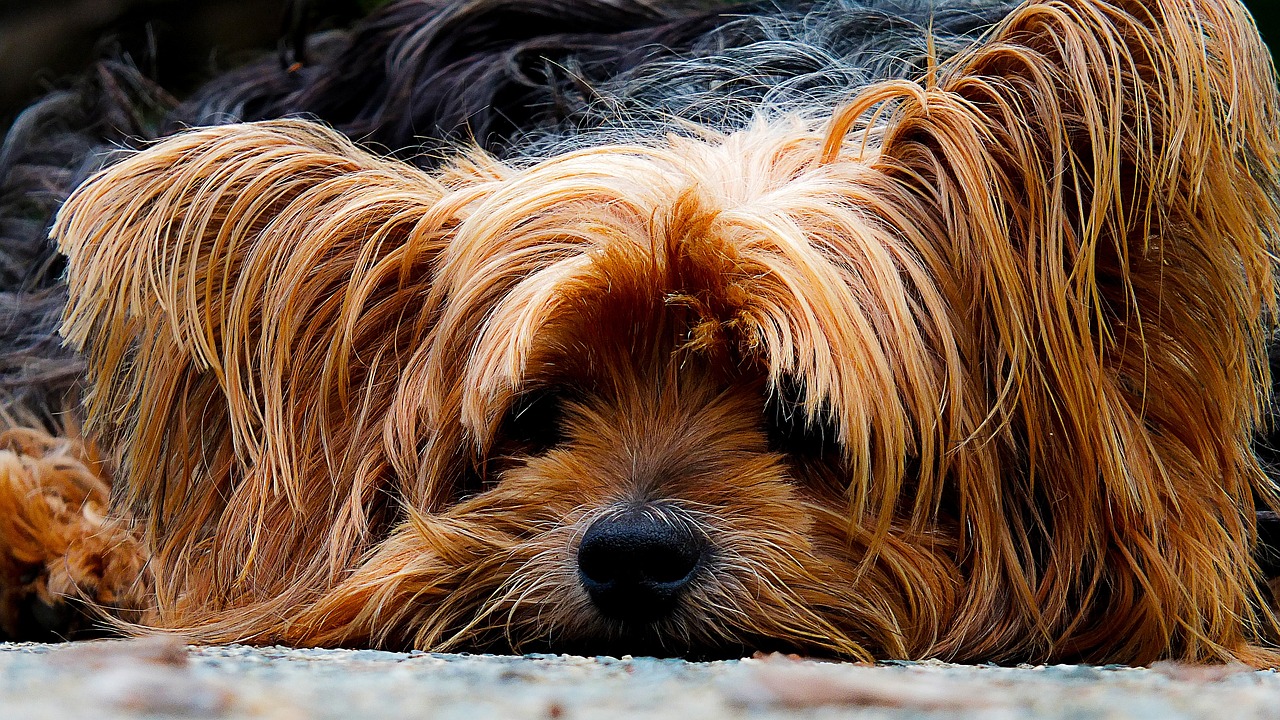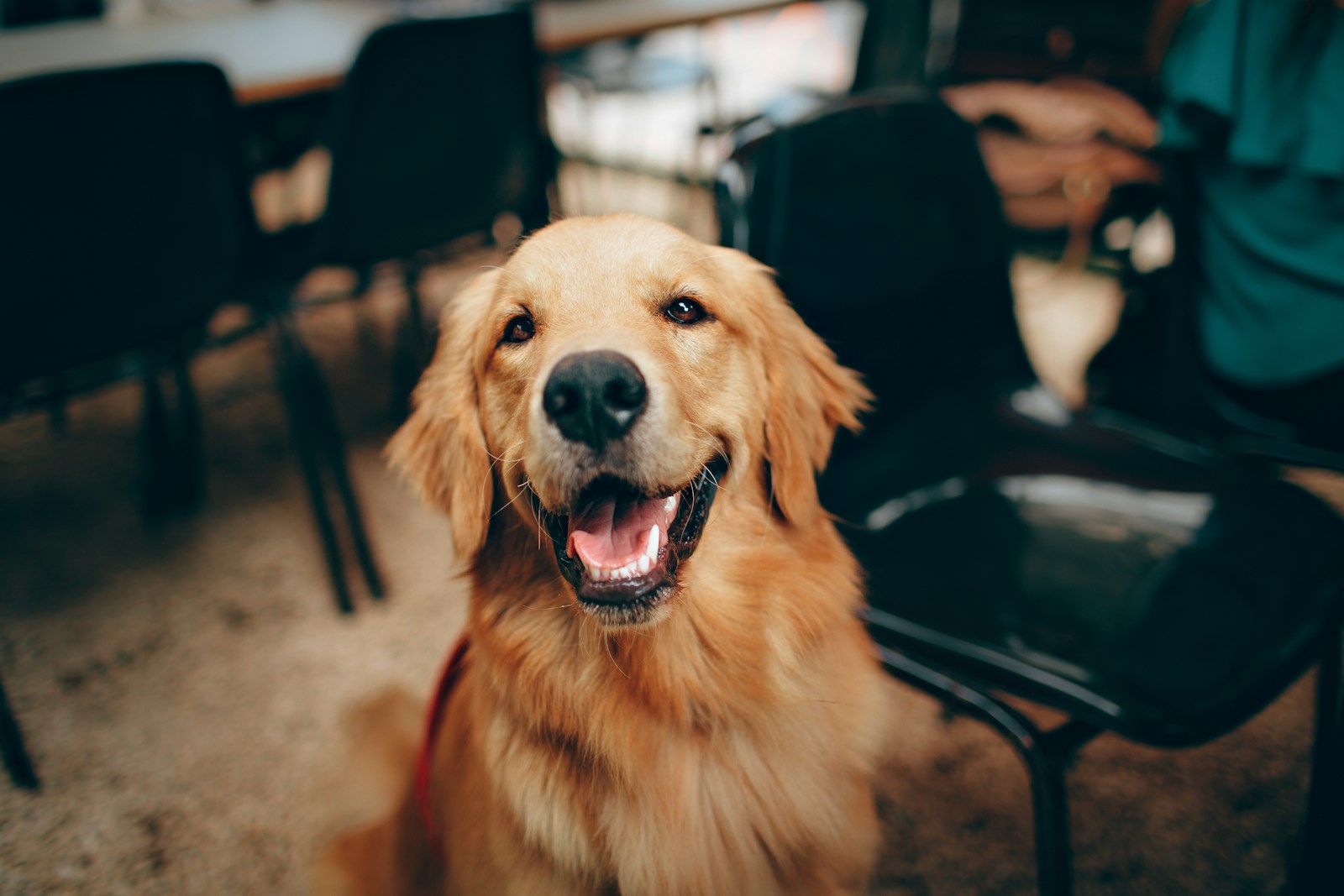Understanding dog talking buttons
The concept of dog talking buttons might sound a bit futuristic, but they’re actually quite simple and effective tools for communication between you and your pup. As Dogtime explains, these buttons are programmed to play specific words or phrases when pressed, allowing dogs to express their needs or desires in a way that humans can easily understand.
Imagine your furry friend pressing a button that says “treat” when they’re feeling snacky or “outside” when they need a bathroom break. These buttons can significantly reduce the guesswork in understanding what your dog wants or needs, which can be particularly useful for pets who struggle to communicate their needs otherwise.
Dog talking buttons come in various designs but primarily serve the same function: giving your dog a voice. Many pet parents have seen viral videos of dogs pressing buttons to form simple sentences or express their feelings, and the trend has only been growing. These buttons are equipped with either pre-recorded or customizable audio messages, making them flexible for various training needs and preferences.
- Pre-recorded Buttons: These are readily available with common commands like “food,” “walk,” or “play.” They are great for beginners who want a straightforward start.
- Customizable Buttons: These allow you to record your own phrases or words, making them ideal for tailoring the experience to your dog’s unique vocabulary or needs.

When choosing dog talking buttons, consider starting small and simple, especially if your dog is new to this form of communication. Begin with just a few essential buttons and gradually add more as your dog becomes comfortable with the concept. This helps prevent overwhelming your pet and keeps the training process manageable for both of you.
These talking buttons not only enhance the bond between you and your dog but also provide mental stimulation for your pup. The process of learning to use buttons engages their brain and can be a fun and rewarding activity. Whether you’re looking to help your dog express basic needs or even teach them to form simple phrases, dog talking buttons open a new realm of human-pet interaction.
Getting started with button training
Starting with buttons involves setting up a few foundational steps that will ease the training process for both you and your dog. The key is consistency and creating a positive association with the buttons.
Step-by-Step Approach:
- Select the Right Buttons: Begin with just a few buttons – ideally, those that represent actions or items your dog is already familiar with. Common starting words include “outside,” “food,” “water,” or “play.”
- Introduce the Buttons: Place the buttons in accessible locations relevant to the words they represent. For instance, place the “outside” button near the door. This contextual placement helps your dog understand the purpose of the button more quickly.
- Demonstrate Usage: Press the button yourself and immediately follow through with the action. If you press the “outside” button, take your dog outside right away. Consistency is vital for building understanding.
Patience is crucial when training your dog with talking buttons. Initially, your dog might not grasp the concept, and that’s perfectly okay. Keep the sessions short and fun to maintain their interest and willingness to learn. Over time, with consistent practice, they’ll start making the connection between pressing the button and the resulting action.
Using rewards can significantly boost the learning process. Whenever your dog successfully presses a button and follows through with the desired action, offer lots of praise and maybe even a treat. Positive reinforcement makes the experience enjoyable and motivates your dog to repeat the behavior.
“Training is a journey, not a destination. Enjoy every moment with your dog.”
As your dog starts to get the hang of one button, gradually introduce more. But remember, it’s better to go slow and ensure your dog understands each button thoroughly before adding new ones. This step-by-step method will build a solid foundation for effective communication using talking buttons.
Using repetition and rewards
Training your dog to use talking buttons isn’t just about repetition; it’s also about effectively using rewards. Positive reinforcement plays a vital role in helping your dog understand and enjoy the training process. Every time your dog successfully presses a button and completes the associated action, make sure to reward them. Rewards can come in various forms like treats, verbal praise, or even their favorite toy.
Now let’s break down the steps to incorporate rewards effectively:
- Immediate Rewards: As soon as your dog presses a button and completes the desired action, give them a treat right away. This immediate response helps them associate the button press with a positive outcome.
- Consistent Praise: Besides treats, offer enthusiastic verbal praise. A cheerful “Good job!” or a belly rub can go a long way in making your pup feel appreciated.
- Variety of Rewards: Mix up the rewards to keep things exciting. Sometimes use treats, other times use playtime or a favorite toy. This variety prevents the training from becoming monotonous for your dog.
Patience and consistency are key when using rewards. Some dogs might catch on quickly, while others may take a bit more time. Either way, continuous positive reinforcement will help your dog make the connection between pressing the button and receiving a reward, thereby encouraging them to use the buttons more frequently and accurately.
To make this easier to follow, here’s a practical table summarizing the types of rewards and their use:
| Type of Reward | When to Use | Benefits |
|---|---|---|
| Treats | Immediately after the button press | Quick association between action and reward |
| Verbal Praise | Throughout the training session | Builds positive reinforcement and strengthens bond |
| Playtime | As a reward for consistent correct usage | Provides a fun break and additional motivation |
As you continue training, you might wonder, “What is the most surprising thing my dog could say if they had the words?” This question isn’t just fun to think about; it encourages you to reflect on the depth of your dog’s thoughts and feelings. The more you engage with your pup during training, the closer you become, and the more likely you are to uncover these delightful surprises.
Repetition and rewards are only parts of the bigger picture. Ready to explore how strategically placing the buttons can make a huge difference? Let’s continue our journey into creating a fun, engaging training environment for your furry friend!
Placing buttons strategically
Strategic placement of the dog talking buttons can significantly enhance your dog’s learning process. Placing the buttons in locations that align with the desired actions can make it easier for your dog to make the connection between pressing a button and the corresponding outcome.
Here’s a practical guide for optimal button placement:
- Near the Door: Place the “outside” button close to the door your dog uses to go out. This contextual association helps your dog connect the button with going outside, making it easier for them to learn to press it when they want to go out.
- By the Water Bowl: If you have a button for “water,” put it near your dog’s water bowl. When they’re thirsty, they’re already in the area, making it convenient for them to press the button to request water.
- Next to the Food Area: Place the “food” button near your dog’s feeding area. During mealtimes, press the button yourself initially to show your dog how it works. Eventually, they’ll learn to press it when they’re hungry.
- Favorite Spot: If your dog has a favorite place for cuddles or play, consider placing a “cuddle” or “play” button in that area. This makes it easier for your dog to communicate their desire for these activities.

Placing the buttons strategically can make the training more intuitive for your dog. Here’s a handy breakdown of placement tips:
| Button Location | Associated Action |
|---|---|
| Near the Door | “Outside” or “Potty” |
| By the Water Bowl | “Water” |
| Next to the Food Area | “Food” |
| Favorite Spot | “Cuddle” or “Play” |
As you place the buttons, think about the layout of your home and your dog’s routines. The goal is to make the buttons easily accessible and contextually relevant to make learning faster and more intuitive for your pup.
If you find that one placement isn’t working, don’t be afraid to try another location. Flexibility is key in this process. The more comfortable your dog feels with the button setup, the more likely they are to use them effectively.
Ready to discover how to make the learning process enjoyable for your dog? Let’s dive into making button training a fun adventure for your furry friend!
Making training fun for your pup
When training your pup, it’s essential to make the process enjoyable. Dogs, like humans, learn better when they’re having fun. Incorporate playtime into your training sessions to maintain your dog’s interest and excitement. This also helps create a positive learning environment and strengthens the bond between you and your pet.
One way to keep things fun is to turn training into a game. Use the buttons during playtime by integrating them into activities your dog loves. For example, if your dog enjoys fetch, place a button that says “fetch” near their favorite toys. When they press the button, immediately engage in a game of fetch. This not only teaches your dog the meaning of the button but also makes the learning process enjoyable and rewarding.
Here are some tips to keep training sessions playful and entertaining:
- Short and Sweet Sessions: Keep training sessions brief, around 10-15 minutes, to prevent boredom and overexposure. Multiple short sessions throughout the day can be more productive than one long session.
- Use a Variety of Rewards: Alternate between treats, toys, and verbal praise to keep your dog motivated and excited. This variety can keep the training dynamic and engaging.
- Engage in Activities They Love: Incorporate buttons into your dog’s favorite activities, whether it’s a walk, a game of tug-of-war, or some snuggle time. This makes the learning process more enjoyable and relatable for them.
- Mix Training with Play: Break up training with play breaks. For example, after a successful session of button pressing, have a dance party with your dog or let them run around in the yard for a few minutes.
- Celebrate Successes: Make a big deal out of their achievements. Cheer, clap, and celebrate whenever they successfully use a button. This recognition will make training a positive experience for them.
Remember, the goal is to create a positive and stress-free learning environment for your dog. Celebrate the small victories, and don’t worry too much about perfection. Every dog learns at their own pace, and it’s essential to be patient and understanding.
As you progress, you can find even more tips and tricks for successful button training at DogTime. Embrace the process, and enjoy the journey of teaching your pup to “talk” using dog buttons.

